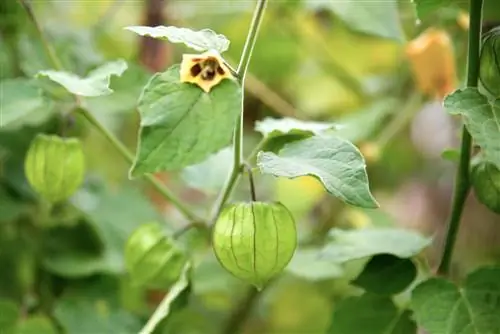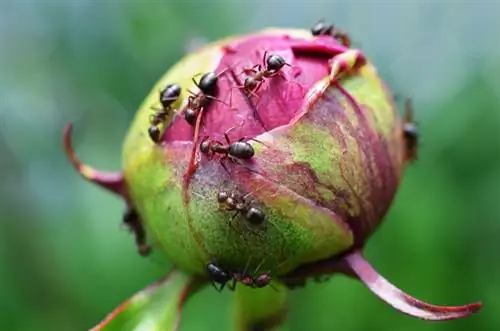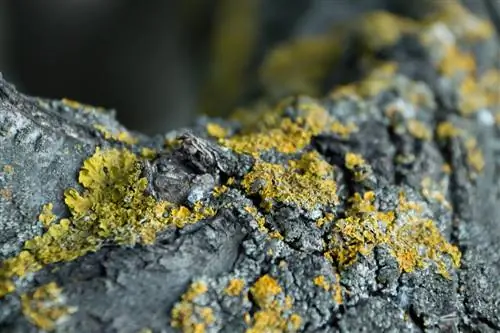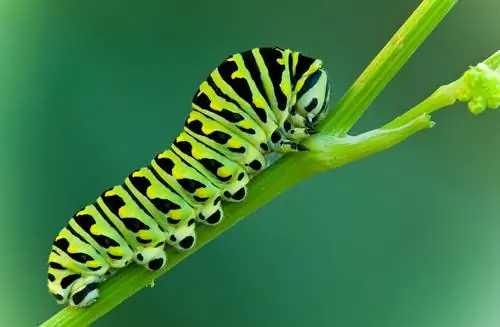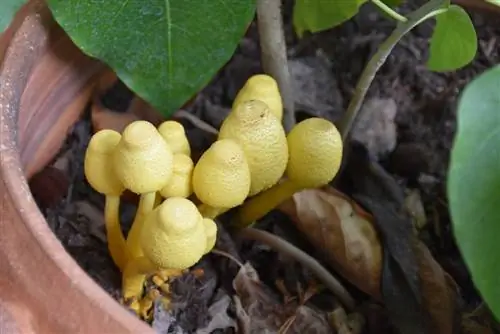- Author admin [email protected].
- Public 2023-12-16 16:46.
- Last modified 2025-06-01 06:02.
The Physalis is on everyone’s lips - in several ways. There are rumors circulating that it is harmful to he alth. In our guide we get to the bottom of this and explain to you what is behind it and when Physalis can actually be and become harmful to your he alth.
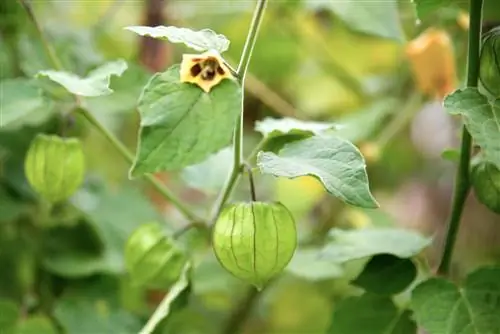
Is physalis harmful to he alth?
The Physalis isnot per se harmful to he alth However, with the exception of the ripe fruits of the Physalis peruviana (Andean berry), all parts of the plant of all species are poisonous and therefore not suitable for consumption. Attention: The unripe fruits of the Andean berry can also trigger symptoms of poisoning.
Can physalis be harmful to he alth?
Physalis can be harmful to he alth if
- Theyunripe fruits of the Andean berry (Physalis peruviana) or
- (other)poisonous plant parts of the nightshade plant
eat. In these cases you are consuming too manyalkaloids. This can causesymptoms of poisoning such as gastrointestinal problems.
Important: Don't eat too many (ripe) Andean berries at once. Limit yourself to about a handful, otherwise there is a risk of unpleasant side effects.
Which parts of the Physalis plant are harmful to he alth?
Theflowers, leaves and rootsof all species of the Physalis genus are harmful to he alth because they are poisonous. For most varieties, this also applies to theBerries.
The only parts of the plant that do not harm your he alth, but can actually be beneficial to it, are the ripe (!) fruits of the Physalis peruviana, enjoyed in moderation.
Tip
It is also a question of the specific Physalis species
Physalis is not the same as Physalis. This genus of nightshades includes various species, most of which are poisonous in all parts of the plant. For example, do not confuse the Andean berry with the Chinese lantern flower. Only the ripe fruits of the former are edible.

